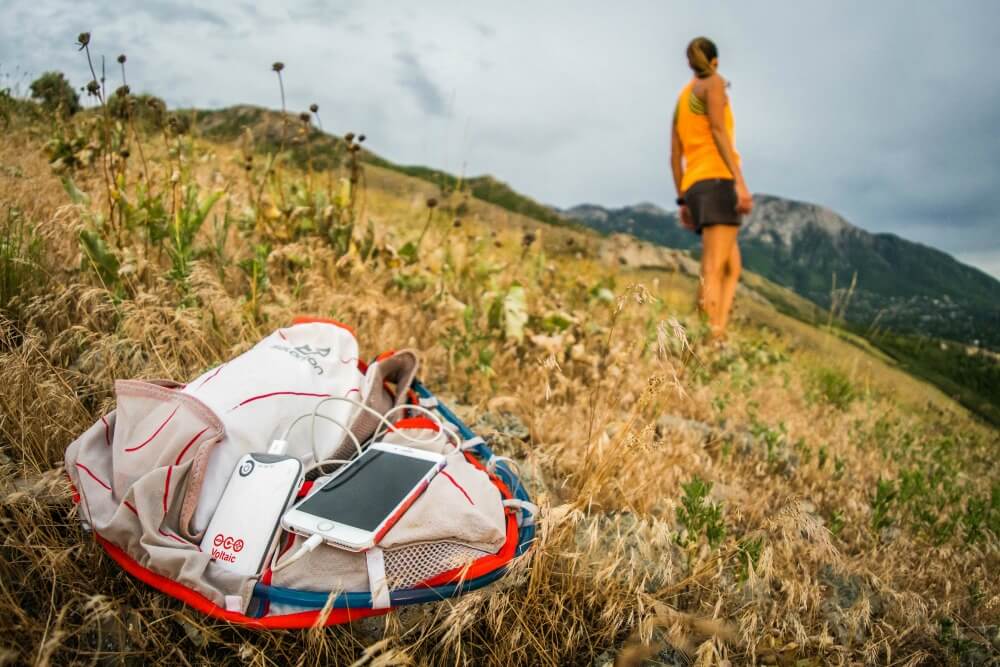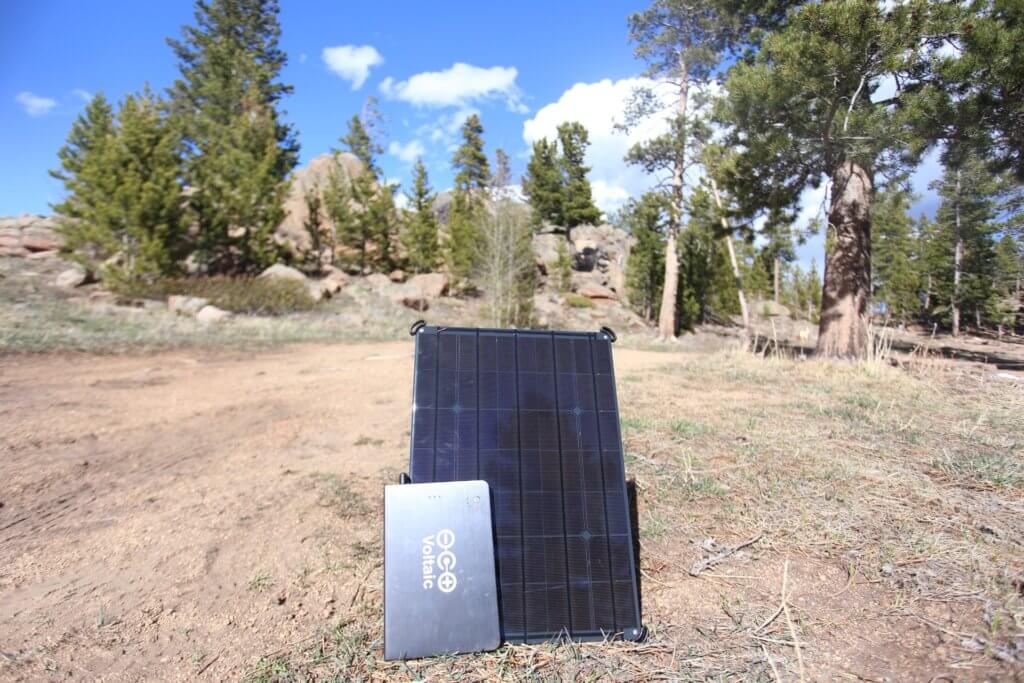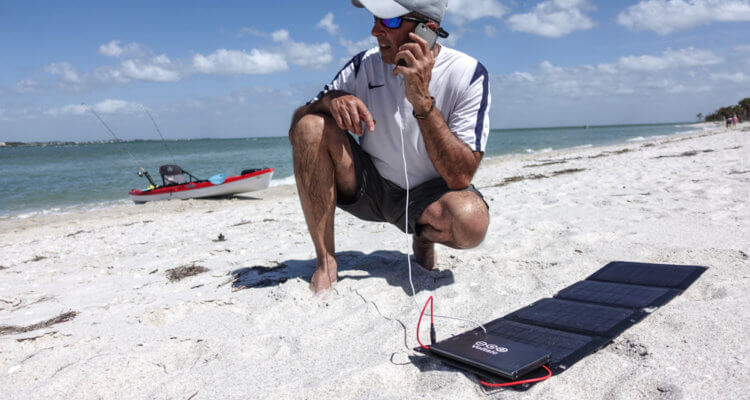How do Solar Chargers React to Heat?
Just like your phone and other electronics, extreme temperatures can affect the performance of a solar charger. In this post we’ll go over how extreme heat can affect both our solar panels and external battery packs as well as some tips for using solar chargers in hot weather.
Lithium Ion Batteries and Heat
Since most modern electronics require a regulated input voltage to charge, you will likely be using an external battery pack to charge your devices. Voltaic battery packs, which contain lithium ion cells, will react to hot temperatures in a similar way to your smartphone. Hot temperatures can not only cause a significant decrease in battery capacity but can cause the battery’s over temperature protection to kick in and shut the battery off.
The recommended charging temperature for all Voltaic batteries is between 0-45°C (32-113°F) and the recommended storage temperature is -20-35°C (-4-95°F). For temperatures on the high end of these ranges, use our Solar Charger Tips for Hot Temperatures below.
We do not recommend using lithium ion batteries in temperatures outside these limits.
Solar Panels and Heat
It may be counter-intuitive, but solar panels actually perform better in colder weather not warmer weather. In fact, for every 2.5 degrees over 25° C (77°F) the average solar panel output will drop by 1%. This is because as the ambient temperature rises, the panel itself heats up causing the output voltage to drop.
For temperatures above 25°C (77°F), follow our Solar Charger Tips for Hot Temperatures below.

Solar Charger Tips for Hot Temperatures
When charging devices in hot temperatures here are a few tips to make sure you get the most of your solar charger.
- Always store your battery in the shade, away from direct sunlight
- Never leave your battery in a car or confined space
- Remove the battery and/or solar panel from it’s case or bag to increase airflow and reduce internal temperature
To help make solar charging in heat easier, we recommend purchasing a 10 Foot or 4 Foot extension cable so that you can keep the battery in a a shaded area while charging.
If you have any questions or need additional gear recommendations, please contact us at: support@voltaicsystems.com


I live in texas and the temp during the summer get high and I was wondering what I can do for my battery bank that needs to be out in the elements. I want to build an enclosure with enough air float but I dont want it to get too hot in there. This solar kit is so I can power aeration for my koi pond just in case we have power outages like we just went through. Could you give me some ideas as to how I can accomplish this?